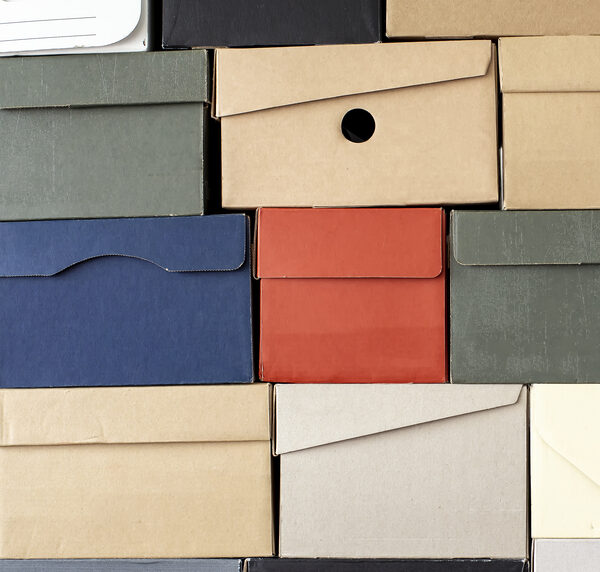
When storing items, it’s so important to pack them properly to protect them from damage and maximize the use of space, remember height is your friend as all of our units have a min height of 7ft. . Here are some general guidelines for packing items when storing:
- Gather packing supplies: Start by collecting the necessary packing supplies, such as sturdy cardboard boxes, packing tape, bubble wrap, packing peanuts, packing paper, markers, and labels, all available from our reception at Sheeplands.
- Sort and declutter: Before packing, sort through your items and declutter. Get rid of anything you no longer need or use to minimise the number of things you’ll be storing.
- Categorise and label: Group similar items together and label each box accordingly. This will make it easier to locate specific items later when you need them.
- Disassemble when possible: If you have large furniture or bulky items, disassemble them to save space. Keep track of the disassembled parts and pack them together.
- Wrap fragile items: For delicate or breakable items, wrap them individually with bubble wrap or packing paper. Place them in sturdy boxes, filling any gaps with packing peanuts or crumpled paper for extra cushioning.
- Use appropriate boxes: Choose boxes of the right size and strength for your items. Heavy items should be packed in smaller boxes to prevent them from becoming too heavy to lift or causing the box to break. Use larger boxes for lightweight items.
- Pack strategically: Place heavier items at the bottom of the box and lighter items on top. Distribute the weight evenly to maintain balance and stability. Fill empty spaces with packing material to prevent items from shifting during transport.
- Label and inventory: Clearly label each box with its contents and mark fragile items. Create an inventory list or use a numbering system to keep track of what you’ve packed. This will help you locate items later without having to open every box.
- Stack and organise: When stacking boxes, place heavier boxes at the bottom and lighter ones on top. Leave walkways or aisles between stacked boxes for easy access to different areas of your storage space.
- Store in a clean and dry area: Find a clean and dry storage space to prevent moisture damage to your items. If possible, elevate boxes off the floor using pallets or shelves to protect them from potential dampness.
- Consider climate control: If you’re storing items sensitive to temperature or humidity changes, such as electronics, wooden furniture, or documents, consider renting an indoor storage room to reduce temperature fluctuations.
Remember to follow any specific instructions for storing certain items, such as mattresses, electronics, or artwork, as they may require additional precautions, these are best kept covered and protected, we sell packaging and covers in our reception area.
In addition to this, ensure you aren’t storing any prohibited items in your unit – a list of prohibited items can be found here.
